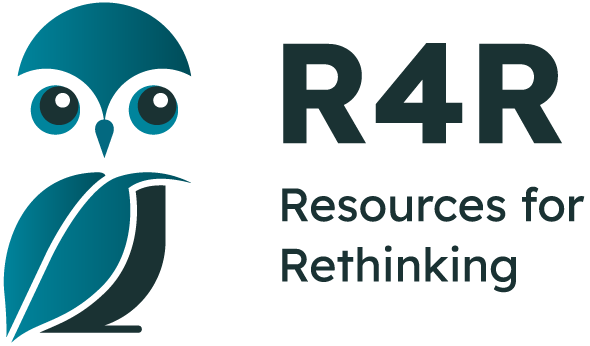- Home
- Tutorial
- Resource Guides
- Focus Areas
- LSF Programs
-
Professional
Development - Review Process
-
A project of LSF

Search for Resources
Description
The Understanding Plastic Pollution research feature provides teachers with background information and climate research on plastic pollution and its impact on marine ecosystems. Focusing on the Labrador Sea, the resource explores how microplastics enter the food web and the environment, often in regions assumed to be untouched by human activity. The resource discusses the research conducted by scientists studying plastic ingestion in Northern Fulmars—a seabird species used as a biological indicator of ocean plastic levels. Their findings provide a baseline to help monitor the effectiveness of future pollution reduction efforts.
Students will:
-
work in groups to simulate wastewater treatment systems and observe how plastic pollutants are filtered—or not
-
gain a better understanding of how microplastics enter ocean environments through human activity and flawed infrastructure
-
explore the role of biological monitoring in climate and pollution science using seabirds like the Northern Fulmar
-
identify challenges related to filtering plastic waste and propose engineering or behavior-based solutions
-
reflect on their own plastic use and examine real-world strategies for reducing marine plastic pollution
The resource provides a hands-on engineering and environmental science activity to deepen students’ understanding of ocean pollution, highlights key scientific contributors, and includes discussion questions and future-focused inquiry.
General Assessment
Recommendation of how and where to use it
This resource is part of a larger compilation of activities which bring local climate change research into the classroom. The research features enable teachers to address climate change through fun, engaging and accessible research topics.
Discover Our Climate resources are relevant to Atlantic Canada and include curriculum-based learning activities designed for grades seven to twelve. Each feature encourages students to be curious and create solutions for the on-going climate challenges we face.
Relevant Curriculum Units
The following tool will allow you to explore the relevant curriculum matches for this resource. To start, select a province listed below.
- Step 1Select a province
- Alberta
- Manitoba
- New Brunswick
- Newfoundland & Labrador
- Nova Scotia
- Nunavut
- Ontario
- Step 2Select a grade level
- Grade 7
- Step 3Select a subject
- Science & Technology
- Step 4Relevant matches
- Life Systems: Interactions in the Environment
- STEM Skills and Connections
- Grade 8
- Step 3Select a subject
- Science & Technology
- Step 4Relevant matches
- Earth and Space Systems: Water Systems
- STEM Skills and Connections
- Prince Edward Island
- Quebec
- Step 2Select a grade level
- Grade 7
- Step 3Select a subject
- Science & Technology
- Step 4Relevant matches
- The Earth and Space
- The Technological World
- Grade 8
- Step 3Select a subject
- Science & Technology
- Step 4Relevant matches
- The Earth and Space
- The Technological World
- Saskatchewan
Themes Addressed
Citizenship (1)
- Sustainable Consumption
Ecosystems (1)
- Appreciating the Natural World
Waste Management (4)
- Hazardous Waste
- Rethink, Reduce, Reuse, Recycle
- Solid Waste Disposal
- Source Reduction
Water (2)
- Marine Environments
- Water Quality

